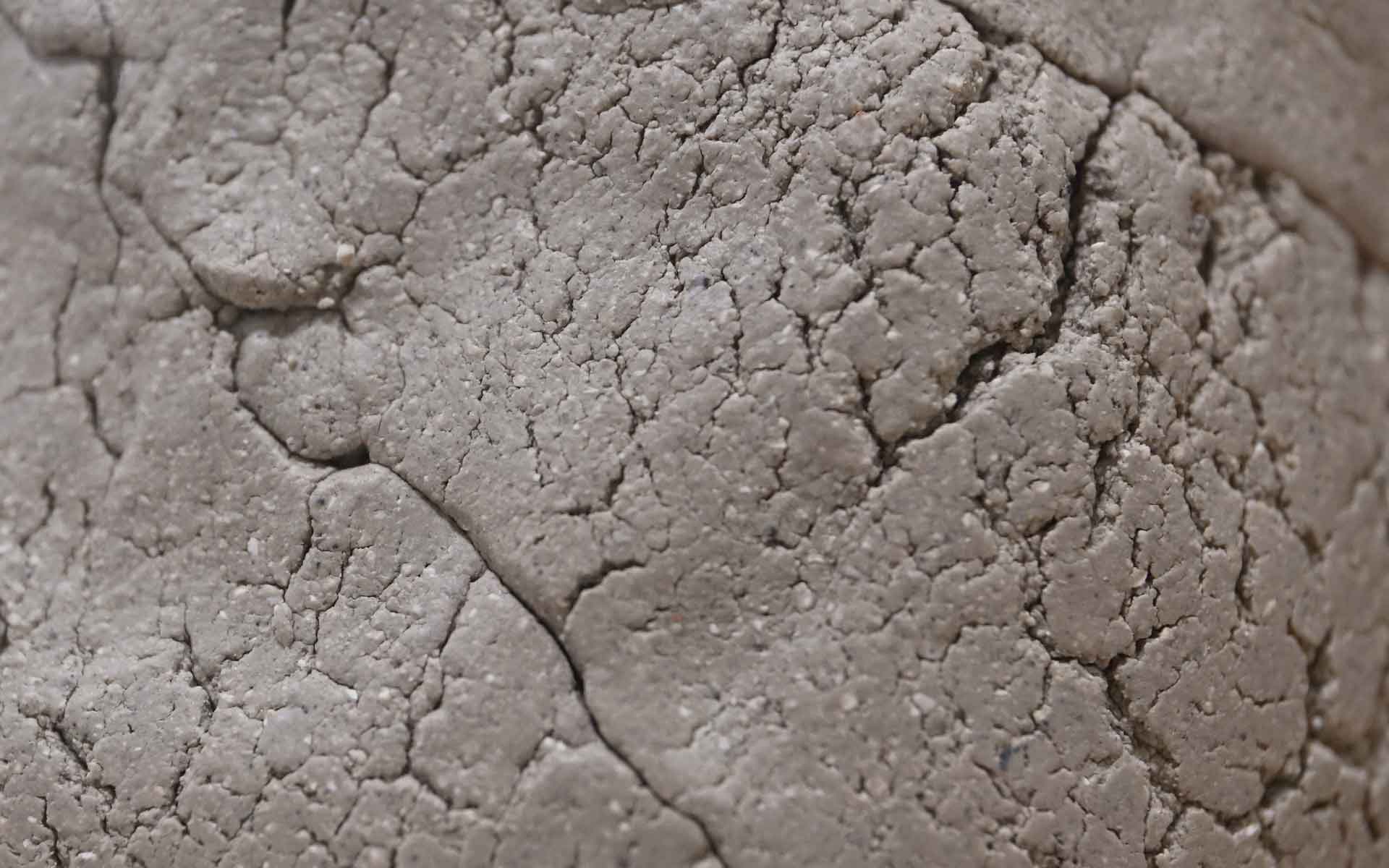
12 Aug Journalling exercises
Journalling exercises are a hot topic in 2021. I mentioned in a previous article on that journalling is a powerful tool to record your ideas and make room in your head for new inspiration for your art practice. Journalling is a tool that has become incredibly popular and mainstream within the last few years, as the conversation about mental health has exploded worldwide, many of us have turned to writing to understand ourselves, our anxieties, our goals, our strengths… I truly believe that journalling can benefit the lives of everyone, especially artists, as for many of us, our heads are constantly swimming with ideas, hopes, doubts, criticism and dreams.
The art of writing with pen on paper is something that I fear is dying quickly and that the younger generation of today will seldom practise in the the future – for millions of children (like in Norway and Finland), handwriting has been replaced with technology, and whilst this does save paper and help the environment, a vital connection is lost. Scientists suggest that handwritten notes are best for visual learners, those who like to present their ideas in free formatting, adding sketches, or any other ways to visualise their thoughts. Writing by hand has been proven to help one’s memory and recall, and that it improves our fine motor skills. I have always found it easy to get lost in handwriting, there are far too many distractions with technology, however, when it’s just you, a pen and paper, there isn’t much room to stray. Furthermore, our handwriting is so unique, and to see it staring back at us on the page can have a strong influence on us. This is great for creatives because, in many ways, our handwriting can become part of our brand, illustrating thank you notes when a customer orders some ceramics, or hand signing art prints and designing new fonts. Journalling is not simply just scribbling ideas, it strengthens our individuality. We learn who we are through writing, we can be completely honest with ourselves, because unlike the internet, no one else ever has to see our innermost private and personal thoughts when it’s locked away in a notebook.
I have several art journals that I’ve been writing for the past 3-4 years; every idea, creative task list, goal, worry and motivational quote is written in these books, and therefore, they are very precious to me and the thought of losing one of them is quite scary. Journalling can help to bring clarity and inspiration, in order to create the art that we want. This too will enable us to find our goals as well as the strategy to achieve those goals.
If you don’t have one already, I recommend you buy a plain notebook and dedicate it to your art practise, whether it’s ceramics, painting, photography, design, illustration etc. These journalling exercises work wonders for everyone.
Journalling exercises for new ideas and inspiration:
Write down 3-5 things in the last month that really inspired you to create: (maybe you watched a great film, visited an art exhibition, had a deep and meaningful conversation with a friend, listened to a music or an audio book, a walk in the mountains…)
Why? Write down 3 words to describe these sources of inspiration: (powerful, emotional, shocking, surprising etc…)
How: How do you feel when you think about these sources? What feeling does it spark within you? (I feel energised, peaceful…)
Journalling exercises for clarity:
Write down 3 of your top priorities for your art practise: (do you have any approaching deadlines for your projects? Are you entering a competition or open call? Do you need to finish a project so you can start a commission? Try to incorporate timings, if your goal is to finish your current project, setting a deadline can help you plan everything else around it.
What’s inside your world? Write your name in the middle of the page, and circle it. Now write all the things you admire and thrive on around your name. (This journalling exercise helps to uncover your creative identity, how people will remember your work and your brand. You can also look at fellow creatives that you idolise and analyse the elements of their world, for example, I like to look at the beautifully bizarre worlds of Guillermo Del Toro and Tim Burton, two artists and award-winning directors who have unique ideas, styles, and narratives.)
Journalling for confidence and mental strength:
Write down 5 or more difficult situations within your practise that have felt like failures: (broken ceramics, loss of artwork files, gallery rejections…)
Now, cross out each situation and re-write these sentences with what you learned. e.g. “I wasted an entire day wheel throwing and couldn’t make a single pot” becomes “I invested an entire day experimenting and improving my wheel throwing technique, and I learned to take things slower at the beginning.”
Journalling exercises for solving creative and technical problems:
What is blocking your creative process? Highlight any interruptions, distractions and issues, write down all of them ranking the most disruptive at the top of your list: These could be technology based, lack of equipment, lack of information, lack of money, disruptive environment…) Now focus on one issue at a time, starting with the one that scares you the most.
If you have any ceramic related queries, the team at 137° have decades of experience and will be able to provide advice and private tuition to work through some solutions. Contact us here.
Journalling exercises for understanding your goals:
Write down 3 creative goals. First: a goal you wish to achieve in 3 months time. Second: a goal you wish to achieve in 2-3 years time. Third: a goal you wish to achieve in 10-15 years time. (Be specific, create sketches to help you visualise these 3 goals.)
Why are these goals important to you? What will you earn in return? (wealth, self-respect, confidence…) Every time you feel like you’re procrastinating or making excuses, remind yourself of your goals and why they are significant. You could even create a motivational poster and hang it on your wall.
Finally, if you’re creating a lot of work on a weekly, monthly basis, set yourself a date in your diary to have a self review every 3-4 months. If you create less work, spending fewer hours in the studio, schedule a review every 6 months. Self reviews allow you to look at your work over a period of time and highlight your improvements and give you confidence – remember, there are no failures!
Written by Freya Saleh


